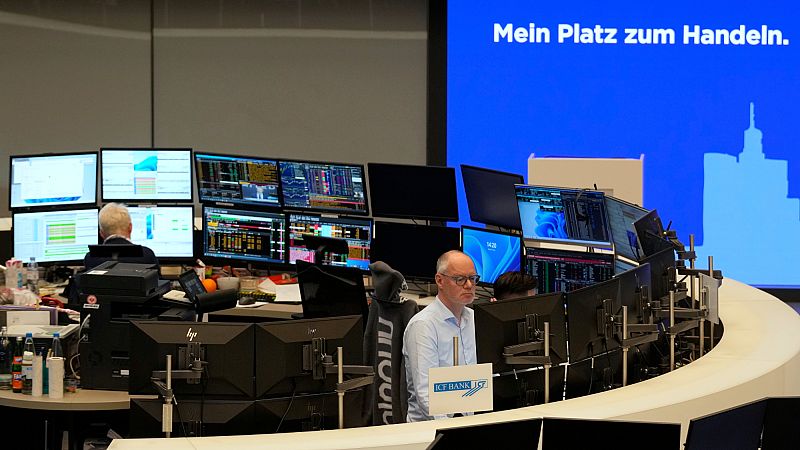Inflation no longer appears to be a pressing concern in the eurozone, holding steady at a level that allows the European Central Bank (ECB) some breathing space — at least for now.
According to preliminary figures released by Eurostat on Friday, consumer prices rose 2% year-on-year in July, the same pace as in June. On a monthly basis, prices were flat.
Although economists had expected a slight dip to 1.9% year-over-year, the reading validates the ECB’s strategy following years of persistent inflationary pressure.
Looking at the main categories, food, alcohol and tobacco saw the highest annual inflation rate at 3.3% in July, up from 3.1% in June.
Services followed at 3.1%, down from 3.3%, while non-energy industrial goods rose to 0.8%. Energy prices stayed in negative territory at -2.5%.
Core inflation, which excludes volatile food and energy prices, was unchanged at 2.3%, though the monthly figure slipped by 0.2% — the first negative reading since January 2025.
Among member states, Estonia and Croatia recorded the highest annual inflation rates at 5.6% and 4.5% respectively, while France and Cyprus saw the lowest, at 0.9% and 0.1%.
On a month-to-month basis, prices in Croatia jumped by 1.2%, while Italy saw a notable decline of 1%.
The ECB held interest rates steady in July, signalling the end of a year-long easing cycle that saw borrowing costs lowered eight times to levels not seen since November 2022.
Last week, President Christine Lagarde noted the central bank is ‘in a good place’ but cautioned that assessing the future impact of tariffs remains difficult amid a mix of inflationary and disinflationary forces.
This inflation data reinforces the ECB’s current wait-and-see approach, with policymakers now looking at how the EU-US trade deal will shape the price environment.
Related
After posting its best first-half performance since its inception, the single currency ended July in negative territory — its first monthly decline this year.
Most of the losses occurred in the final week of the month, with the euro depreciating 2.8% against the US dollar to reach 1.14, a seven-week low.
The turning point came as investors judged the newly announced trade deal between US President Donald Trump and European Commission President Ursula von der Leyen as more advantageous for Washington.
This sentiment, combined with robust US economic data, an uptick in American inflation, and a Federal Reserve decision to hold rates steady at 4.25–4.50% without signalling imminent cuts, accelerated the euro’s slide.
Story continues
